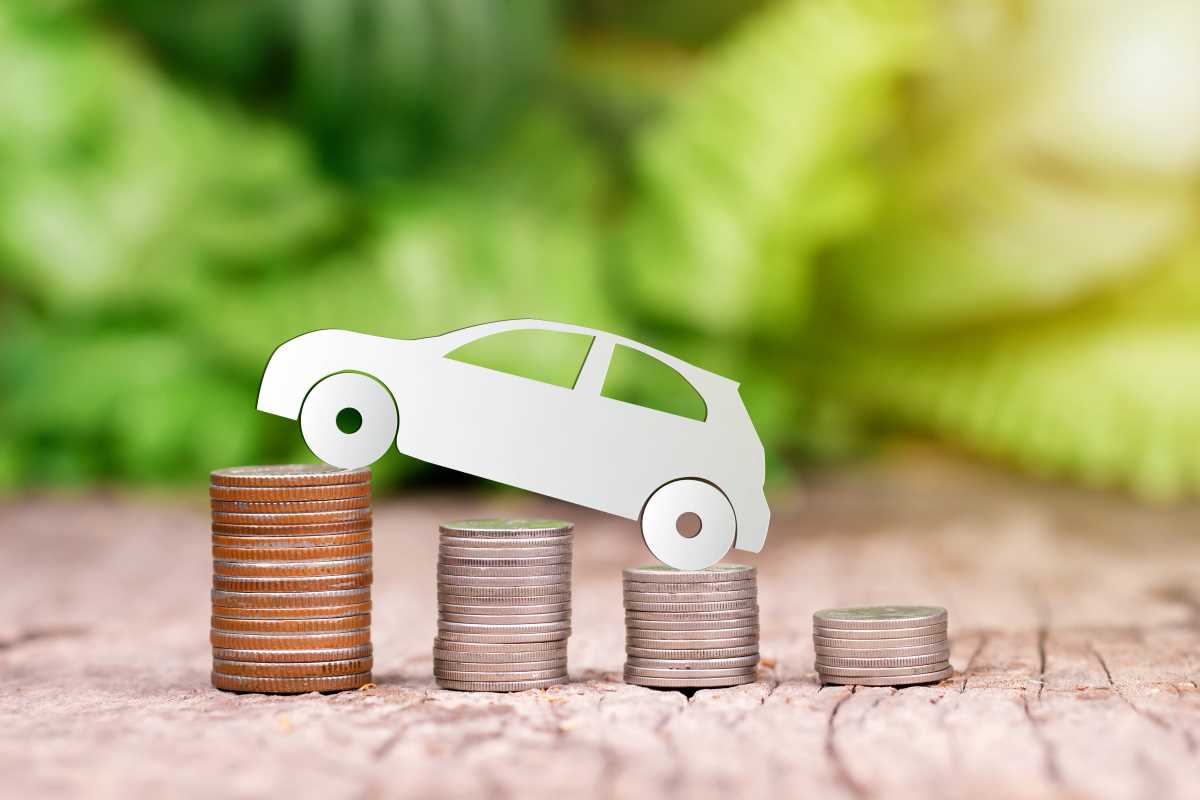Buying a car is one of the biggest financial decisions most people make, and it often starts with scanning the sticker price on the window. But here’s the twist—that sticker price is only a piece of the puzzle. While the listed cost might determine whether a car catches your eye, the true cost of ownership extends far beyond that initial number. From insurance and maintenance to gas and depreciation, owning a car comes with a host of additional expenses that can catch you off guard if you’re not prepared. Understanding these costs upfront can help you budget smarter and enjoy your ride stress-free.
Fuel Costs Add Up Fast
One of the first things to account for when owning a car is fuel. This is especially true if you’re buying a used vehicle with lower fuel efficiency or planning to drive long distances. Gas prices can vary widely depending on where you live and fluctuate over time. If your vehicle averages 25 miles per gallon and you drive 12,000 miles a year with gas at $4.00 a gallon, you’re looking at an annual fuel cost of nearly $2,000.
Electric vehicles (EVs) and hybrids can reduce this cost significantly, but they’re not without their own expenses. Charging an EV may cost less than filling a tank, but you’ll likely pay for a home charging setup or public charging fees. No matter what type of car you’re considering, calculating fuel or energy costs should be a key part of your budgeting process.
Insurance Is a Monthly Commitment
Another significant cost that often gets overlooked when focusing on the sticker price is insurance. Lenders typically require full coverage, including liability, collision, and comprehensive insurance, especially if you’re financing the car. Factors like your age, driving record, location, and even the type of car you choose play into the final cost.
For example, a safe, used sedan might cost far less to insure compared to a flashy sports car or a high-tech EV with expensive repairs. First-time buyers or younger drivers might also face higher rates until they build a clean driving history. Researching quotes for the type of car you’re considering can give you a better sense of what to expect each month.
Regular Maintenance and Repairs
Cars age, parts wear out, and maintenance is simply a fact of ownership. For newer vehicles, basic services like oil changes, tire rotations, and brake adjustments may be small and spread out over time. On older or used cars, however, these routine tasks might come up more frequently, and the likelihood of major expenses grows as the car racks up more miles.
Unexpected repairs, like replacing a transmission or fixing an air conditioning system, can throw off your budget if you’re not prepared. Setting aside funds for ongoing maintenance or investing in a vehicle with a strong reliability record can help you manage these costs. For an added layer of security, certified pre-owned cars often come with extended warranties, which can offset some repair expenses.
Depreciation Works Against You
Depreciation is one of the sneakiest costs of car ownership. The moment you drive a new car off the lot, its value starts to drop. Studies show that a new car can lose 20% of its value in the first year alone, and over the course of five years, it might depreciate by 60% or more. This doesn’t affect your monthly outflow directly, but it matters if you plan to sell or trade in the car down the line.
Used cars tend to depreciate more slowly since much of their value has already been lost. If you’re budget-conscious, buying a gently-used car that's a few years old can give you the benefits of a lower sticker price and reduced depreciation over time.
Registration, Taxes, and Fees
Every car comes with its share of upfront and recurring fees. When you first buy a car, you’ll need to pay for title transfer fees, registration, and sometimes even emissions tests, depending on where you live. These costs can add hundreds (or thousands) to your out-of-pocket expenses before you even drive the car home.
Taxes are another consideration, as they’re typically based on the car’s sticker price. Some states even impose annual taxes or fees based on the vehicle’s value or weight. Electric vehicle owners may face unique fees, as many states charge them extra to offset the loss of gas tax revenue. Don’t forget to factor these expenses into your budget.
Financing Costs Go Beyond the Loan Amount
If you’re taking out a loan to buy your car, the total cost of ownership will also include interest on that loan. Your monthly payment isn’t just about the sticker price; it’s influenced by your loan term, interest rate, and how much you put down upfront. A longer loan term might lower your monthly payment, but it also means paying more in interest over the life of the loan.
Shop around for the best loan terms and aim to make a larger down payment if you can. This reduces the amount you need to borrow, ultimately saving you money on interest. And if possible, consider getting pre-approved for a loan before walking into a dealership. It can simplify the process and provide clarity about what you can actually afford.
Owning a car is exciting and empowering, but it’s important to take a realistic look at what comes after the purchase. By budgeting beyond the sticker price and considering the full scope of costs, you can enjoy the ride without unexpected surprises derailing your financial plans.







